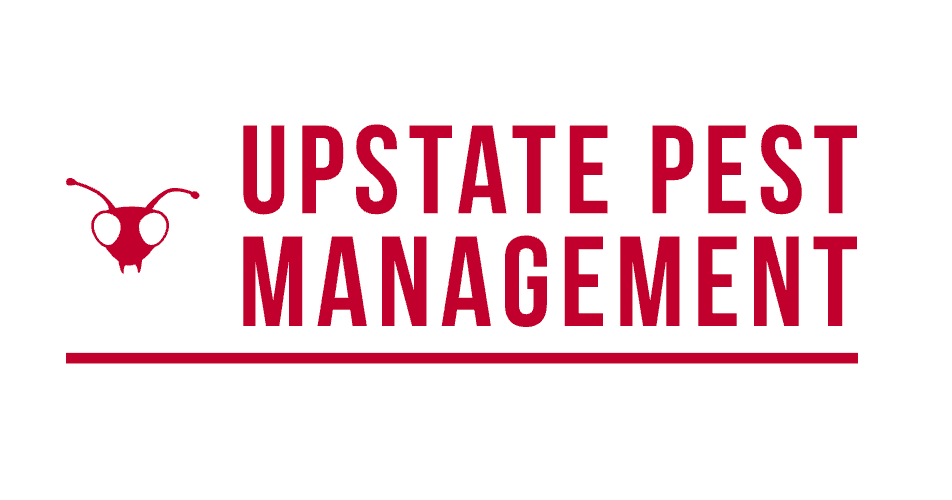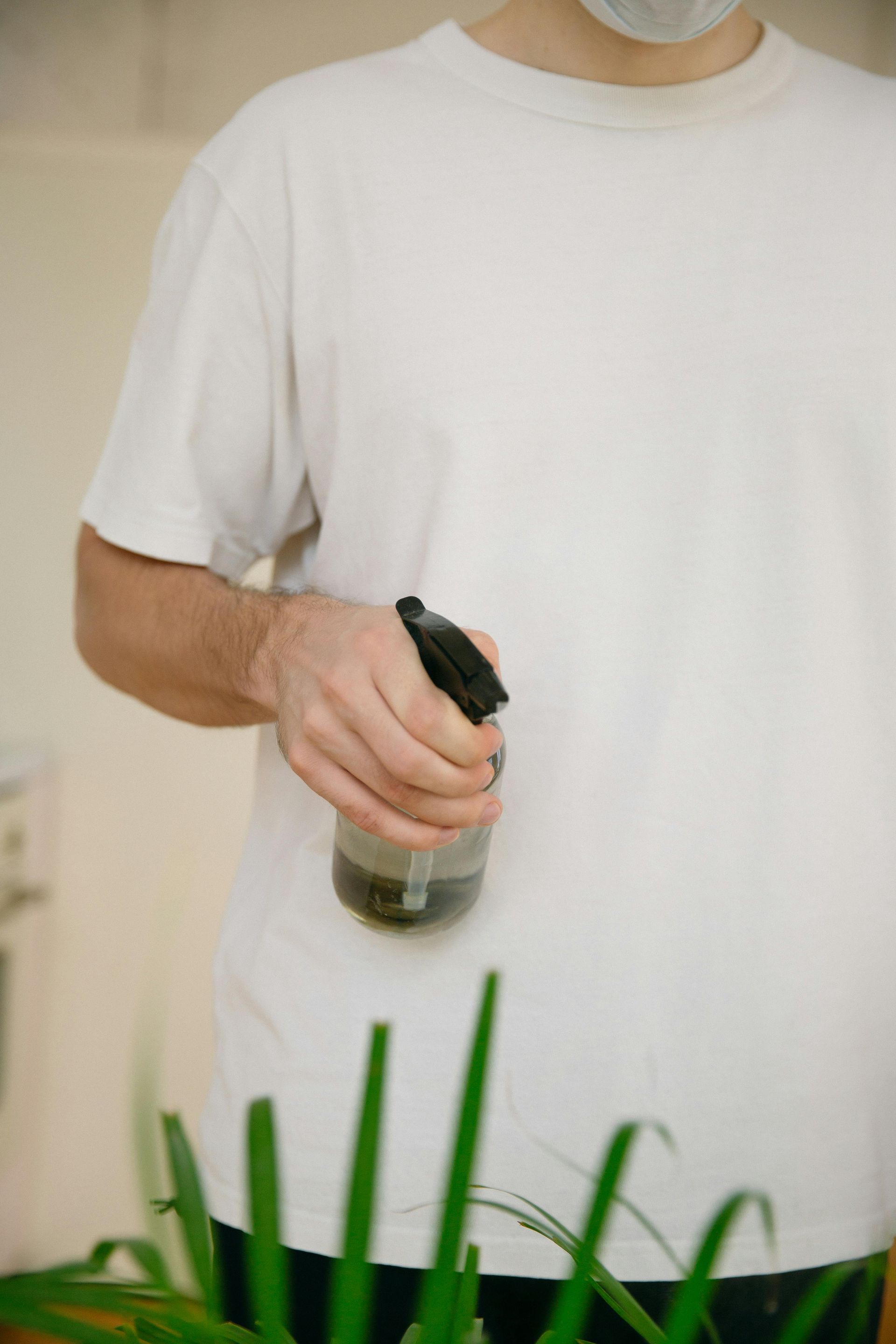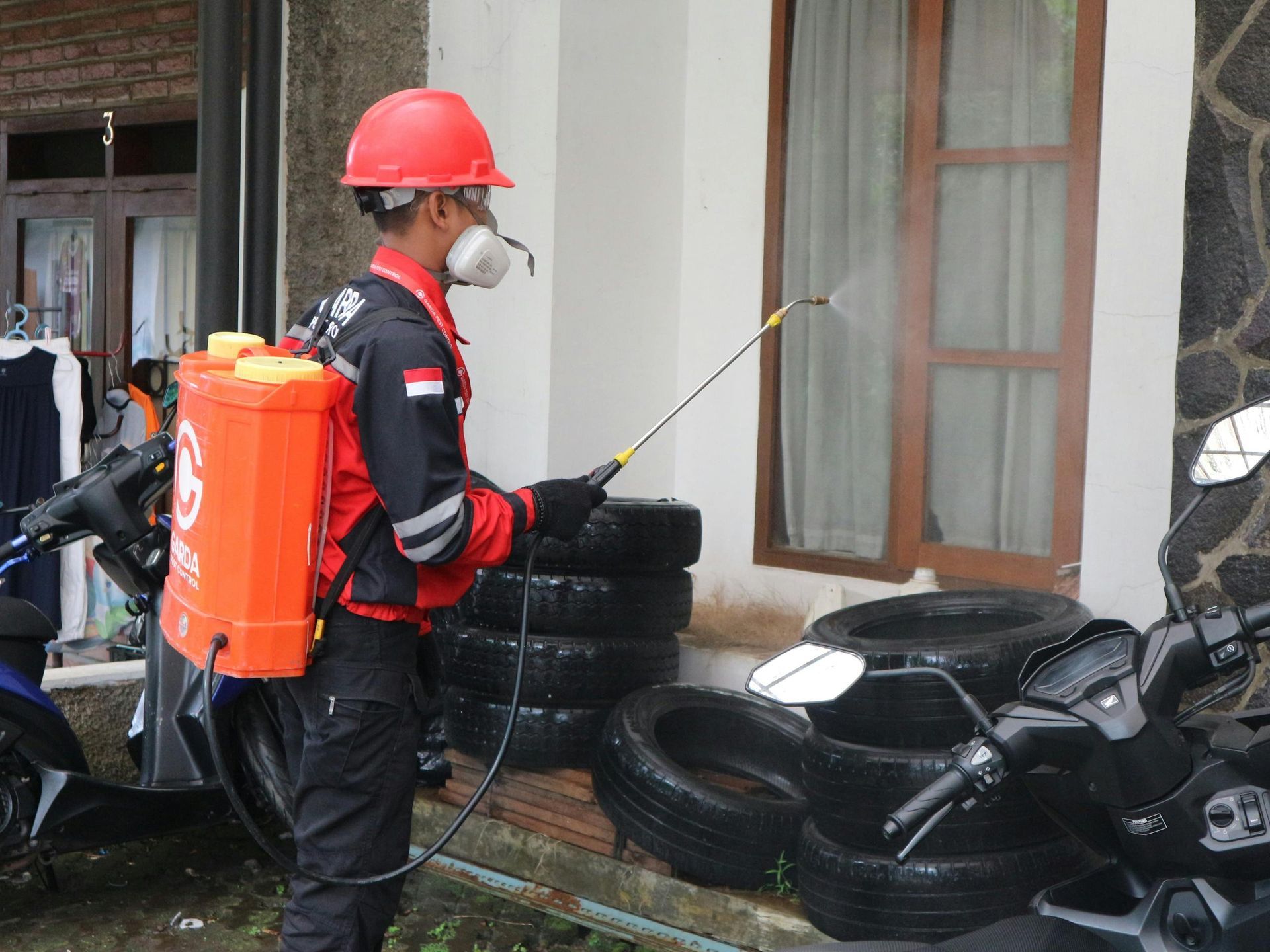The Top 5 Most Common Household Pests in South Carolina & How to Get Rid of Them
South Carolina's warm, humid climate creates an ideal environment for various household pests to thrive year-round. Understanding these common invaders and implementing effective residential pest control strategies is essential for maintaining a comfortable, healthy home environment. Whether you're dealing with occasional intruders or persistent infestations, knowing the right approach can save you time, money, and frustration.
Professional residential pest control services provide comprehensive solutions, but homeowners can also take proactive steps to prevent and manage many pest issues. This guide covers the five most problematic household pests in South Carolina and provides practical strategies for effective pest control maintenance plans.
Key Takeaways
- Early identification and prompt action are crucial for preventing small pest problems from becoming major infestations
- Regular residential pest control maintenance plans can reduce pest control costs by preventing major infestations
- Moisture control and proper sanitation are fundamental to most pest prevention strategies
- Professional treatment may be necessary for severe infestations or specific pests like termites and bed bugs
- Combining do my own pest control methods with professional services often provides the most effective long-term results
- Understanding pest behavior and lifecycle helps target treatment efforts for maximum effectiveness
1. Ants: The Persistent Invaders
Ants rank as the most frequently encountered household pest in South Carolina, with fire ants, carpenter ants, and pavement ants being particularly problematic. These social insects can quickly establish colonies in walls, foundations, and outdoor areas near homes. Their ability to communicate through chemical trails means that finding one ant often signals many more nearby.
Identification and Common Types
Fire ants appear reddish-brown with aggressive behavior and painful stings. Carpenter ants are larger, black or dark brown insects that can damage wooden structures. Pavement ants are smaller, brown insects commonly found along sidewalks and driveways. Professional "ant exterminator near me" services can accurately identify species and develop targeted treatment plans.
Effective Control Methods
Successful ant control requires both immediate treatment and long-term prevention strategies:
- Eliminate food sources by cleaning crumbs, sealing containers, and addressing spills immediately
- Use targeted insecticide baits that workers carry back to the colony, eliminating the entire nest
- Apply residual bug spray for house perimeter treatment to create protective barriers
- Seal entry points, including cracks in foundations, gaps around pipes, and door thresholds
- Remove outdoor attractants such as pet food, fallen fruit, and standing water
2. Cockroaches: The Resilient Survivors
Cockroaches thrive in South Carolina's humid environment, with American cockroaches, German cockroaches, and brown-banded cockroaches being the most common. These nocturnal pests contaminate food, trigger allergies, and can spread bacteria throughout homes. Their rapid reproduction rate makes early intervention critical for effective residential pest control.
Species Identification and Habitats
American cockroaches are large, reddish-brown insects that prefer warm, moist areas like basements and crawl spaces. German cockroaches are smaller, light brown with distinctive stripes, commonly found in kitchens and bathrooms. Brown-banded cockroaches prefer warmer, drier locations and can be found throughout homes, including bedrooms and living areas.
Comprehensive Control Strategies
Effective cockroach management combines sanitation, exclusion, and targeted treatment approaches:
- Eliminate moisture sources by fixing leaks, improving ventilation, and using dehumidifiers
- Apply gel baits in cracks, crevices, and areas where cockroaches travel and hide
- Use residual insecticide sprays along baseboards, behind appliances, and in wall voids
- Implement strict sanitation practices, including regular cleaning and proper food storage
- Consider professional treatment for severe infestations or ongoing problems
3. Termites: The Silent Destroyers
Subterranean termites pose a significant threat to South Carolina homes, causing millions of dollars in structural damage annually. These social insects feed on cellulose in wood, paper, and other materials, often working undetected for years before homeowners notice signs of damage. Regular termite inspection near me services are essential for early detection and prevention.
Detection and Warning Signs
Subterranean termites build mud tubes along foundations to travel between soil and wood sources. Winged reproductive termites, called swarmers, emerge during the spring months and indicate nearby colonies. Other warning signs include hollow-sounding wood, discarded wings near windows and doors, and visible structural damage to wooden components.
Professional Treatment Options
Termite control requires specialized knowledge and equipment that typically necessitates professional intervention:
- Liquid soil treatments create chemical barriers around foundations to prevent termite entry
- Bait station systems monitor and eliminate entire colonies through targeted feeding
- Wood treatments protect vulnerable areas using direct application of insecticides
- Annual inspections detect early activity before significant damage occurs
- Moisture control eliminates conditions that attract termites to structures
4. Spiders: The Beneficial Predators
While most spiders are beneficial predators that control other pest populations, some species in South Carolina can pose health risks or create significant nuisance problems. Black widow spiders and brown recluse spiders are venomous species requiring careful handling, while house spiders and wolf spiders are generally harmless but unwanted indoor residents.
Dangerous vs. Harmless Species
Black widow spiders are shiny black with distinctive red hourglass markings on their abdomen. Brown recluse spiders are brown with violin-shaped markings on their back. Common house spiders vary in color but are generally small with rounded abdomens. Wolf spiders are large, hairy hunters that don't build webs but actively pursue prey.
Integrated Management Approach
Spider control focuses on reducing their food sources and eliminating favorable habitats:
- Regular vacuuming removes spiders, webs, and egg sacs from corners and crevices
- Reduce other insect populations that serve as spider food sources
- Apply residual insecticides to baseboards, corners, and areas where spiders hide
- Eliminate outdoor hiding places such as wood piles, debris, and overgrown vegetation
- Install door sweeps and seal gaps to prevent entry into living spaces
5. Bed Bugs: The Persistent Parasites
Bed bugs have resurged as a significant pest problem in South Carolina, affecting homes, hotels, and other accommodations. These blood-feeding insects are excellent hitchhikers, spreading through luggage, furniture, and clothing. Their ability to hide in tiny cracks and survive months without feeding makes bed bug exterminator near me services often necessary for complete elimination.
Detection and Evidence
Adult bed bugs are small, oval, brown insects about the size of an apple seed. They leave behind rust-colored stains on sheets, sweet musty odors in heavily infested rooms, and dark spots of excrement on mattresses and furniture. Bite patterns often appear in lines or clusters on exposed skin, typically causing itchy, red welts.
Comprehensive Treatment Strategy
Bed bug elimination requires thorough treatment and ongoing monitoring for successful results:
- Heat treatments raise room temperatures to levels lethal to all bed bug life stages
- Chemical treatments target hiding places with residual insecticides designed for bed bugs
- Encasement of mattresses and box springs prevents access to hiding places
- Thorough laundering of clothing and linens using high heat cycles
- Professional monitoring and follow-up treatments ensure complete elimination
Pest Control Cost Comparison
Understanding the financial investment required for different pest control approaches helps homeowners make informed decisions. The following comparison shows typical cost ranges for various treatment options:
| Treatment Type | Cost Range | Best For |
|---|---|---|
| DIY Treatment | $20-100 | Minor infestations, prevention |
| One-time Professional | $150-400 | Moderate infestations |
| Annual Maintenance Plan | $300-600 | Prevention, ongoing issues |
| Specialized Treatment | $500-2000+ | Termites, bed bugs, severe infestations |
Investing in pest control maintenance plans often provides the best long-term value, preventing costly damage and major infestations. Professional services can customize treatment schedules based on specific pest pressures and property characteristics.
When to Consider Professional Help
While many pest problems can be managed with do my own pest control approaches, certain situations require professional expertise and specialized equipment. Recognizing when to seek the best exterminator near me services can save time, money, and prevent health risks.
Professional intervention becomes necessary when dealing with complex infestations that resist initial treatment efforts. Venomous spiders, structural pests like termites, and persistent problems like bed bugs often require specialized knowledge and commercial-grade insecticides. Additionally, recurring infestations may indicate underlying conditions that need professional assessment and long-term management strategies.
Homeowners should also consider professional services when dealing with health-sensitive situations, such as treating homes with young children, pregnant women, or individuals with compromised immune systems. Professional technicians can recommend appropriate treatment methods and timing to minimize exposure risks while effectively addressing pest problems.
Effective Prevention Strategies
Preventing pest problems is more cost-effective and less disruptive than treating established infestations. Implementing comprehensive residential pest control SC strategies focuses on eliminating conditions that attract pests and creating barriers that prevent entry into homes.
The foundation of effective pest prevention lies in moisture management, proper sanitation, and structural maintenance. Regular home inspections help identify potential entry points, moisture problems, and conditions that might attract pests. Addressing these issues proactively creates an environment less hospitable to pest establishment and reproduction.
- Maintain proper drainage around foundations and repair leaky pipes or faucets
- Store food in sealed containers and clean up spills immediately
- Seal cracks and gaps around windows, doors, and utility penetrations
- Remove outdoor attractants such as standing water, debris, and overgrown vegetation
- Schedule regular professional inspections to detect problems early
Frequently Asked Questions
How often should I have my home treated for pests?
Most homes benefit from quarterly treatments as part of a comprehensive pest control maintenance plan. Properties with specific risk factors may require more frequent treatments, while others may need only seasonal applications.
Are professional pest control treatments safe for pets and children?
Modern pest control products and application methods prioritize safety when used according to label directions. Professional technicians are trained to select appropriate products and application techniques to minimize exposure risks.
What should I do if I find termite damage in my home?
Contact a professional immediately for termite inspection near me services to assess the extent of damage and active infestation. Avoid disturbing damaged areas, as this can worsen structural problems.
Can I prevent bed bugs when traveling?
Inspect hotel rooms before settling in, keep luggage in hard-surfaced areas away from beds, and wash clothes in hot water immediately upon returning home. These precautions significantly reduce the risk of bringing bed bugs home.
How do I know if my DIY pest control efforts are working?
Monitor for reduced pest activity, fewer sightings, and absence of new damage or signs over several weeks. If problems persist or worsen, professional evaluation may be necessary to identify underlying issues.
Final Thoughts
Effective residential pest control in South Carolina requires understanding the specific challenges posed by the state's climate and common pest species. Whether implementing your own pest control strategies or working with professional services, success depends on early detection, appropriate treatment methods, and consistent prevention efforts.
The investment in comprehensive pest control maintenance plans often pays for itself through preventing costly damage and major infestations. By combining proactive prevention, targeted treatments, and ongoing monitoring, homeowners can maintain comfortable, pest-free living environments year-round. Remember that some pests require specialized knowledge and equipment, making professional consultation valuable for effective long-term management.
Ready to protect your South Carolina home from unwanted pests? Contact our residential pest control experts today for a free inspection and customized treatment plan.
Reference:
https://www.worldatlas.com/animals/4-most-venomous-spiders-in-south-carolina.html


